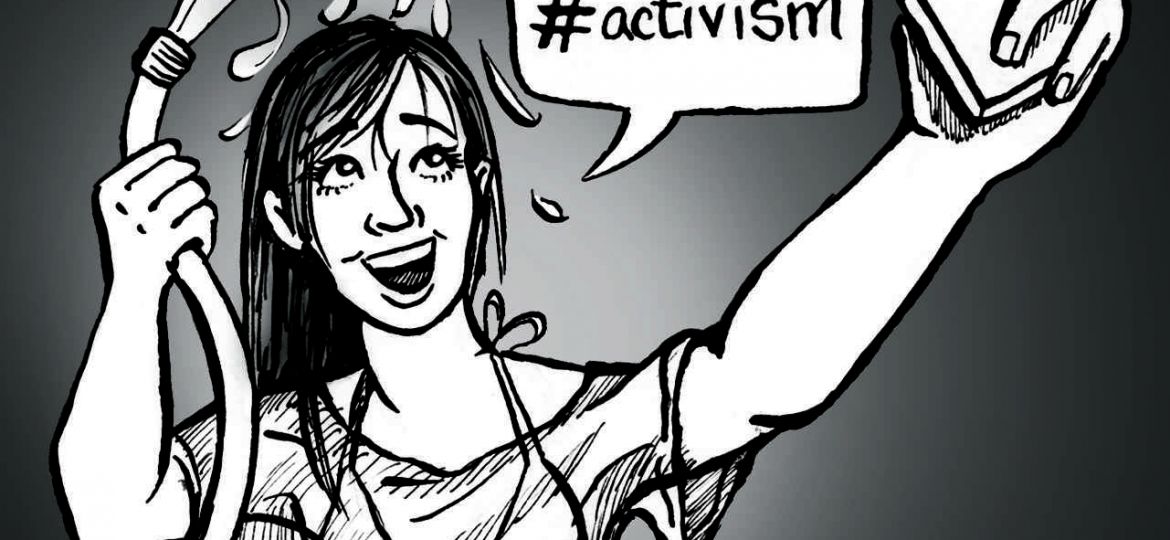
As of late, many Internet users have taken to making videos of themselves being soaked in frigid water and posting them on various forms of social media. They perform this ritual for the sake of raising awareness of amyotrophic lateral sclerosis, or ALS, also known as “Lou Gehrig’s Disease.” As more and more of the nation’s “friends” drench themselves, it becomes necessary to look at the impact and scope of the fundraising cause.
Very likely, most of those scanning their newsfeeds began to see these recordings with little-to-no context. Initially the “challenge” was to nominate several of your friends, family, or colleagues to donate to ALS research or share in the icy sting of the challange. However, as is common with trends of this ilk, certain aspects get lost in translation.
Maybe with the camera running and the bucket poised, the nervous individual anticipating the freezing cascade would hesitate to mention the cause and rattle off those they challenged instead. Perhaps they would include the charitable site in the description, or perhaps not. Regardless of the intent, it is easy for the charitable nature of a cause to dilute in an open forum such as social media.
For the many who did learn about the cause of ALS from the challenge, the merit of partaking is somewhat dubious. The data speaks for itself, with ALS research raking in four times its standard amount of money per year, mostly as a result of the fundraising. This is a great windfall for the research, but issues arise with the method of spreading attention.
The term often used to describe public “attention-raising” displays as of late is “slacktivism.” Online, a persona of charitable support for a dire cause is just a click away. If someone is browsing her Facebook feed and sees a story about an African child army, natural disasters a world away or an oft-overlooked disease, she can share it without making a concerted effort to support the cause. When that act of sharing the information has no apparent impact for those affected or subjugated, what is the reason to continue? For many, it could be a somewhat misguided attempt to garner some attention for a situation, but for others it is likely a means to appear charitable to those around them.
Despite the best intentions, the spread of information on Facebook, Twitter or any other social networking site is ultimately an empty, fleeting gesture. A photo or story of a person suffering may elicit a visceral reaction that influences readers to share, but the vast majority finish this act by scrolling on, only a cat or baby picture away from forgetting. Such is the social media attention span.
Perhaps it is unjust to paint with such broad strokes, but this unchecked ease of “raising awareness” without helping lends itself to an online culture of unwarranted self-satisfaction. This is not to belittle or criticize those who have participated – godspeed to those spreading the word about ALS or other causes. The issue isn’t people, but the attitude toward charity that begins harmlessly but permeates like a virus. It is fine to spread the word, but when that simple task of pressing the share button sates your appetite to help others, it is vital to reevaluate. Fundamentally, it is important for people to help people and for a true impact; that means more than a Facebook share.
**ALS is a debilitating disease affecting roughly 30,000 Americans. If you would like to learn more about supporting ALS research, please visit alsa.org.
Conlan Campbell ’18 campbe1@stolaf.edu is from Burnsville, Minn. His major is undecided.
Graphic Credit: ERIN KNADLER/MANITOU MESSENGER

